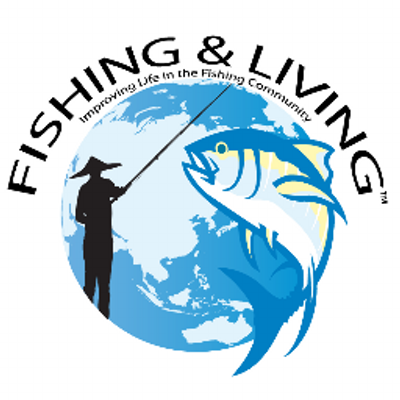December 2014
 The 11th WCPFC annual commission meeting took place on the first week of December (1-5 December). Fishing & Living attended the conference, supporting the adoption of harvest control rules and target reference points for tropical tunas. Fishing & Living is part of 2 industry coalitions (MSC P1 alignment group and SFP Tuna Roundtable) to push for improvements in tuna fisheries management at the regional level. One of these groups activity is to send letters to the WCPFC, requesting for specific improvements and changes to be made to current management measures. These letters can be viewed here and here.
The 11th WCPFC annual commission meeting took place on the first week of December (1-5 December). Fishing & Living attended the conference, supporting the adoption of harvest control rules and target reference points for tropical tunas. Fishing & Living is part of 2 industry coalitions (MSC P1 alignment group and SFP Tuna Roundtable) to push for improvements in tuna fisheries management at the regional level. One of these groups activity is to send letters to the WCPFC, requesting for specific improvements and changes to be made to current management measures. These letters can be viewed here and here.
Final WCPFC outcomes were met with frustration, as the five days of negotiations have resulted in little action. With a lack of any substantial positive news, conclusions left a void created by the WCPFC’s failure to manage tuna fisheries to be filled by investors and traders, such as Anova.
Regarding tropical tuna (Skipjack, Bigeye and Yellowfin tunas), the current conversation measures (CMM 2013-01-LINK) was not changed, despite the scientific advice for the need to reduce Bigeye catches by 36%.
This year the PNA put forward a proposal to change CMM 2013-01, the main conservation measure for tropical tuna (Skipjack, Yellowfin, Bigeye tuna). This proposal suggested:
1) The development of a mechanism to charge for FAD sets instead of the 4th month of FAD closure
2) A shift forward of high seas FAD ban to 2016, instead of 2017
3) A limit on the number of sets per vessel made on FADs
4) Set a limit at 531days for high seas purse-seine effort
5) Ban of at-sea transshipment of Longline caught Bigeye
6) Ban Longline high seas fishing during the FAD closure
7) A 5% longline observer requirement on the high seas
Opponents to the proposal, consisting mainly of Distant Water Fishing Nations (DWFN), argued that the commission should give a chance for the existing measure to work as the longer FAD closure just began in 2015. Another argument was that the proposal was not science-based and that other issues with the measures should be fixed first such as compliance and loopholes for Small Island Developing States (SIDS) that weaken the overall measure.
A stock assessment for Pacific Bigeye will be conducted in 2015 which will provide a more up-to-date picture of the stock, as the last stock assessment (2014) is based on out-dated data. Bigeye stock status will continue to be a major driving issue in the WCPFC.
Another failed outcomes include the continued ineffective and inefficient practice of having a year to year compliance process (as opposed to a multi-year established process). This also means that the process will remain closed (i.e. not open to observers), which a serious transparency issue that makes it harder to hold violators accountable. WCPFC is the weakest RFMO in this regard.
Other positive outcomes included:
1) A new shark conservation measure which will require all tuna longliners to either: mot use wire trace as branch lines and leaders OR; not use branch lines running directly off the longline floats or drop lines (known as shark lines)
2) A basic measure to develop Harvest Control Ruleswas passed, even though no agreement could be reached on setting a Target reference point for Skipjack.
3) A measure to set up a trial for a “Port Coordinators” program
4) A FAD management group was established
Recent Posts
Helmets Distribution to Fishermen’s Children in Local Communities in Bali
We distributed helmets to all fishermen children in two local coastal communities in Bali. The main goal of this event […]
Read moreAnova FoodNominated for Award of Corporate Excellence (ACE) by Secretary Hillary Clinton
The Award for Corporate Excellence (ACE) is given annually by the U.S. State Department to American companies who exhibit good […]
Read moreSchool Children Awareness Programs in Awareness Lombok
June 2012 We hosted an event coinciding with World Ocean Day and Coral Triangle Day. The event was to raise […]
Read more